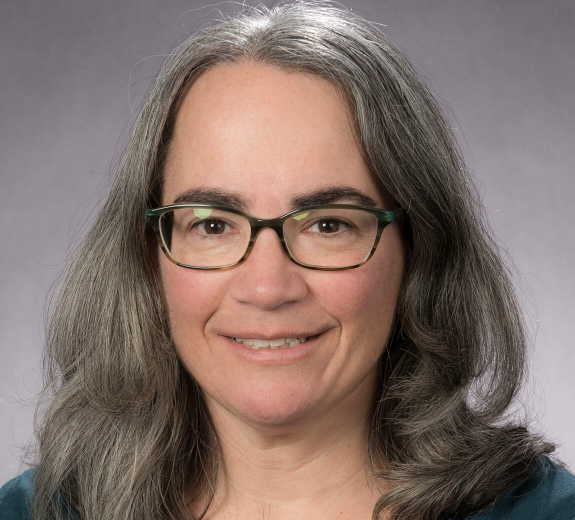From Hunch to Hypothesis
Antibodies are like guardians of the immune system that protect your body from viruses and bacteria. But sometimes they get confused and respond to healthy cells and tissues as though they’re dangerous germs. That’s what happens in autoimmune diseases. One antibody, IgG, is known to play a big role in lupus.
Antibodies have fascinated Dr. Waterman since she first studied them as an undergrad. Reading a paper about how the antibody IgE occasionally teams up with IgG to create a stronger immune response in lupus got her thinking — could this happen with other antibodies too?
Since IgA is the second most prevalent antibody in the blood behind IgG, she thought that would be a good place to start. First, she examined the role IgA plays in lupus on its own. It played a small role, but nothing striking. The real surprise was what happened when IgA and IgG worked together.
“We saw this huge immune system response, much bigger than either antibody acting alone,” Dr. Waterman says. “It was really exciting. The majority of lupus research had focused on IgG, so this was an entirely new discovery about how lupus starts and progresses.”
Dr. Waterman and Dr. Hamerman took a closer look at how IgA interacts with immune system cells in people with and without lupus. They found that a cell type called plasmoid dendritic cells (pDCs) have unique receptors that increase the cells’ capacity to bind with IgA. This is exciting because not only are pDCs important in lupus, but they found that this IgA receptor is higher in people with lupus than people without lupus.
“This receptor plays a significant role in lupus and Hayley was the first to describe it,” Dr. Hamerman says. “We discovered a whole new world in the immune systems of people with lupus. And it has significant implications for what drives the disease and how we might treat it.”
New Directions for Lupus Diagnostics and Treatments
Laboratory research like this plays a crucial role in advancing science by improving our understanding of cells and processes involved in disease.
Dr. Waterman’s findings could lead to breakthroughs in both diagnosing and treating lupus. Lupus is often difficult to diagnose because it has a wide range of symptoms that often come and go. And currently available treatments don’t work equally well for everyone. So research into signs of IgA and IgG working together — and finding ways to disrupt that — holds tremendous promise for advancing care for this debilitating disease.
Next, Drs. Waterman and Hamerman plan to study exactly how IgA and IgG work together to cause this big immune system response in lupus. They’re also interested in understanding whether the presence of IgA might explain why lupus can have such a wide array of symptoms.
“Lupus can cause everything from a skin rash to arthritis to kidney and lung problems,” Dr. Hamerman says. “But we don’t really know why it affects people in such different ways. We want to find out if IgA is associated with certain symptoms or more severe disease.”
Dr. Waterman is excited to keep exploring the role of IgA in lupus — and knows this work wouldn’t be possible without the volunteers who donate blood and tissue samples to BRI’s biorepositories.
“Every single sample we study comes from a person who gave of their time and themselves to support research,” Dr. Waterman says. “We can’t do this work without you and we really appreciate everyone who participates in research. You are supporting really exciting science that’s going to help people.”




